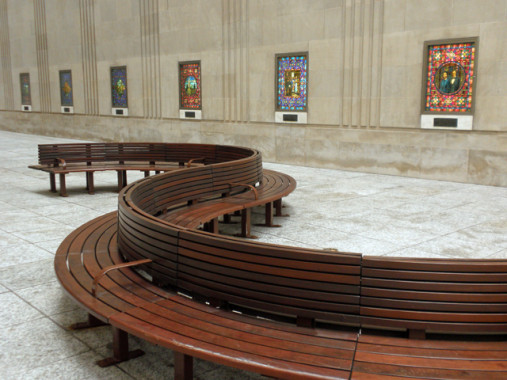
Holy-Hasted and Burchell set out to learn how different sorts of urban areas may affect human wellbeing. They determined, via data collected in greater London, that “Hard space was significantly positively correlated to well-being in high-safety neighbourhoods, yet this relationship was inversed in low-safety areas. This . . . effect was especially large and significant for social housing residents. . . . hard space should be considered in addition to, rather than as a supplement for green space.” So, more hard space was linked to greater wellbeing in safe areas.
Some important details: “For hard-surfaced public space, we included spaces whose primary land use was ‘Civic Space’ (civic squares, market squares and other pedestrianised retail areas), ‘Children and Teenagers’ (i.e. playgrounds, skateboard parks and youth parks), along with ‘Landscaping around premises’ (pedestrianised areas around housing estates). . . . For the green space variable, the following land uses were included: ‘Parks and Gardens’, ‘Urban Green space’, ‘Green corridors’, ‘Amenity Green space’ and ‘Allotments, Community Gardens and Urban Farms.’” Cemeteries and churchyards were not included in analyses completed.
In prior studies referenced by Holy-Hasted and Burchell “Urban public space has been associated with increased physical activity, social interaction, neighbourhood cohesion and subjective well-being.”
William Holy-Hasted and Brendan Burchell. 2022. “Does Public Space Have to Be Green to Improve Well-Being? An Analysis of Public Space Across Greater London and Its Association to Subjective Well-Being.” Cities, vol. 125, 103569, https://doi.org/10.1016/j.cities.2022.103569